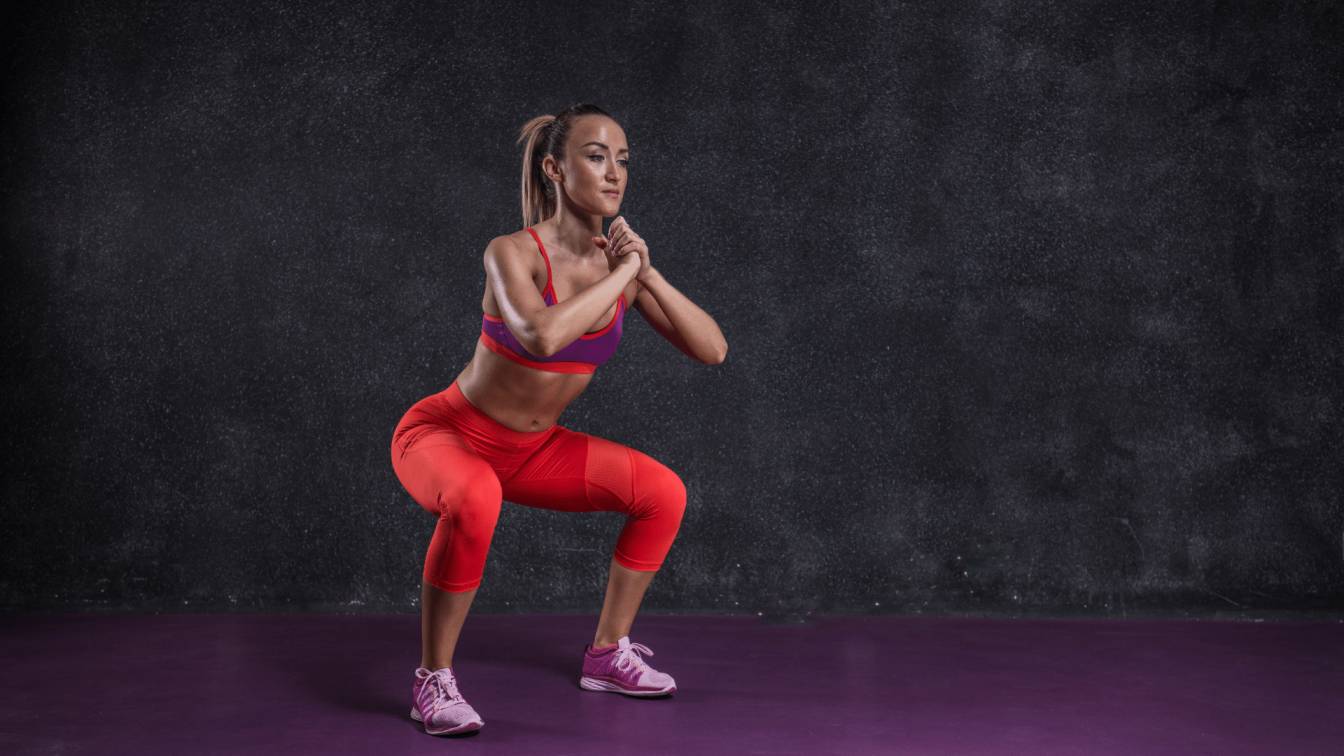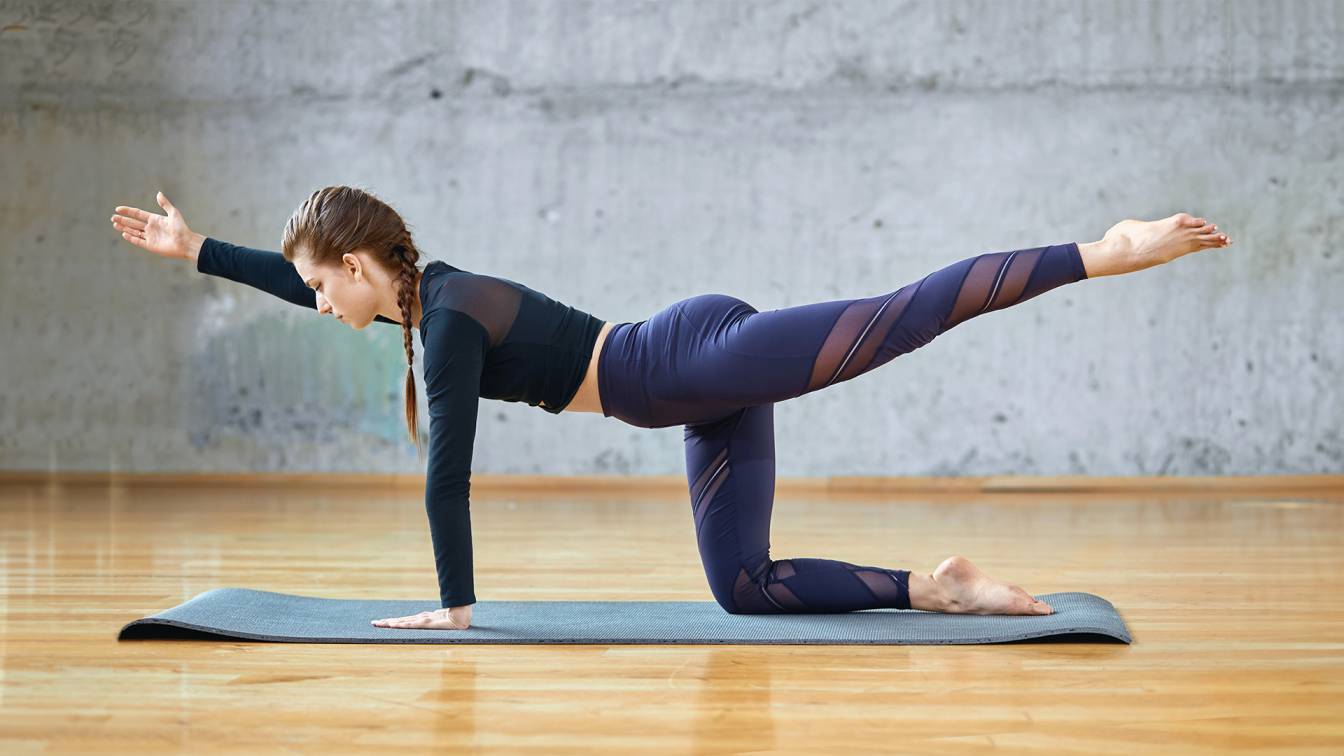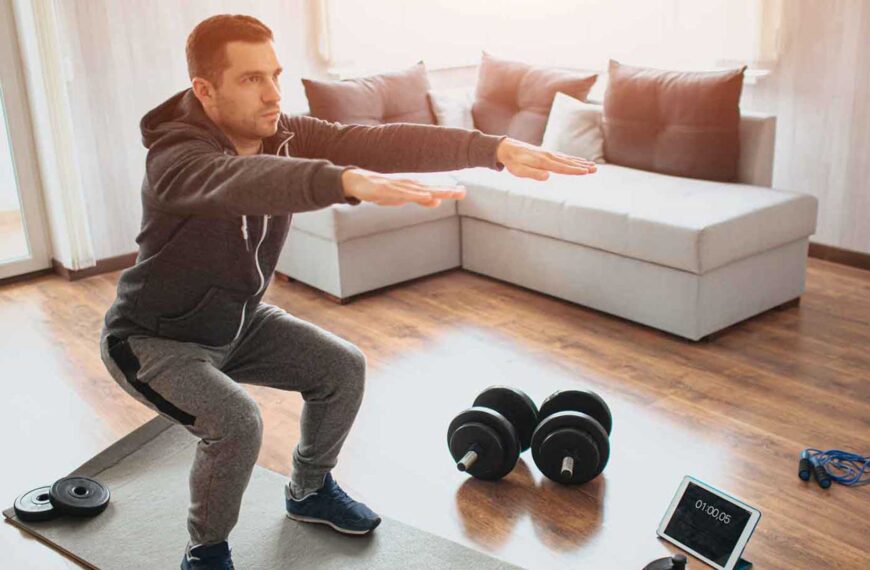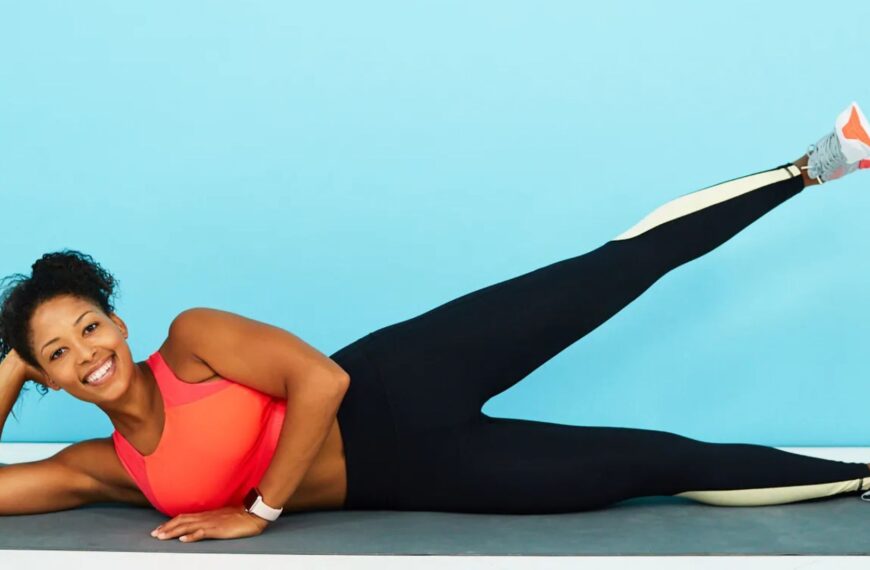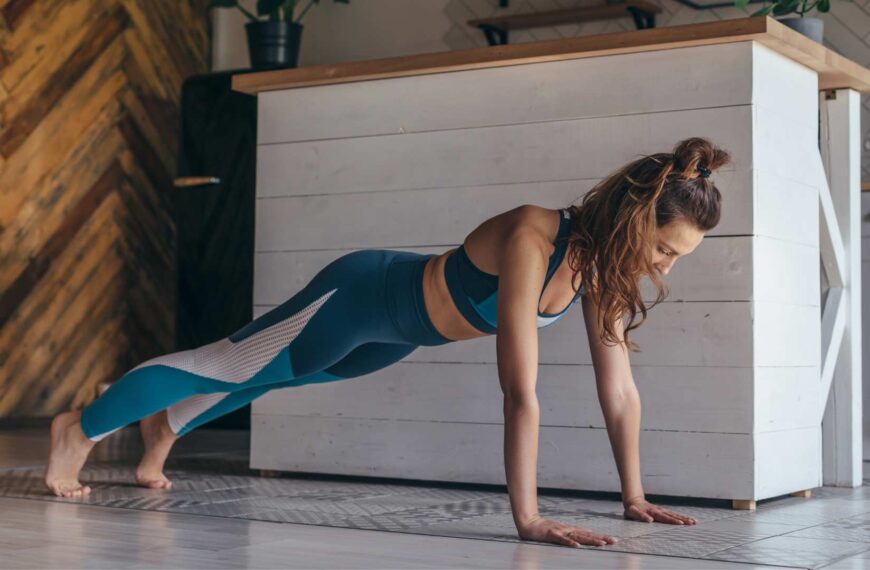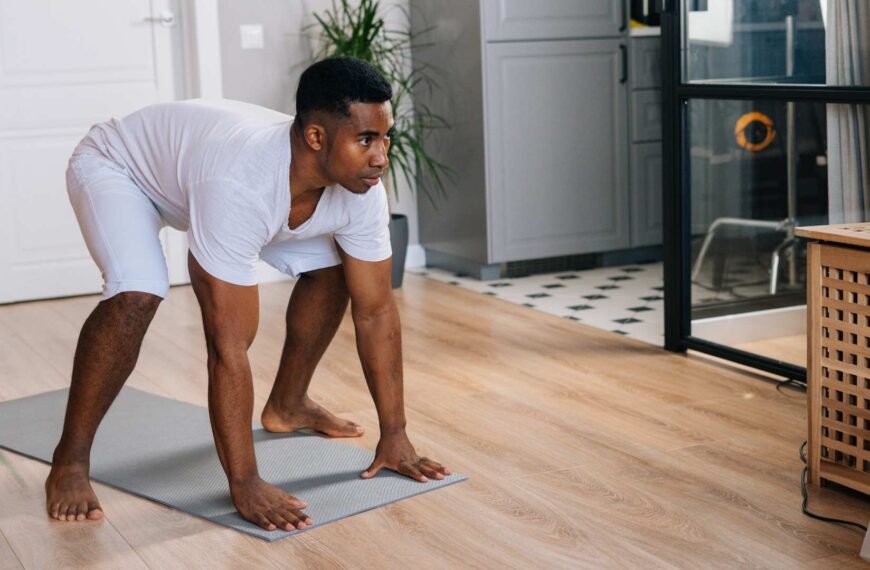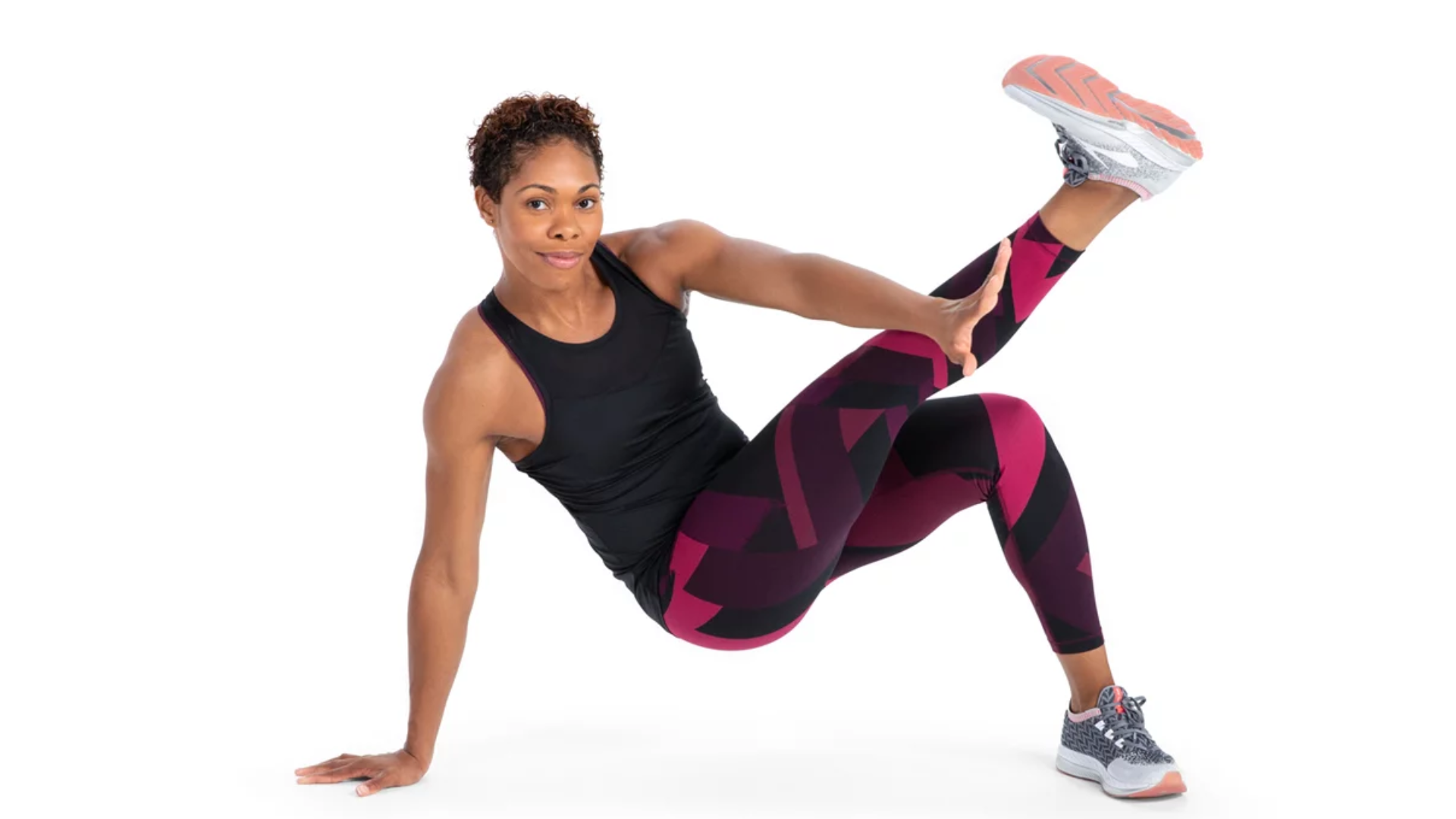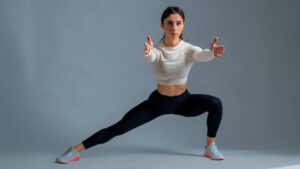Are you looking to build lower body strength, improve your posture, or enhance your athletic performance? The squats exercise is a versatile and effective compound movement that can help you achieve your fitness goals. In this guide, we will provide you with the information you need to perform the perfect-squat and maximize your results, whether you are a beginner or an experienced athlete.
The Perfect Squat Exercise: Tips and Techniques for Best Results
- Thisexercise targets multiple muscle groups and mimics daily life movements.
- Different types of squats can be performed using various equipment and instructions on proper form, common mistakes to avoid, benefits, safety considerations, and tips for improving form and depth are provided.
Use of Merlin App for Perfect Squat
The Merlin App plays a valuable role in guiding users through one of the most fundamental and effective exercises in fitness – the squat. Perfect-Squats are essential for building lower body strength, targeting the quadriceps, hamstrings, glutes, and even engaging the core and lower back muscles. Performing squats correctly is crucial not only for achieving fitness goals but also for avoiding potential injuries. Here’s how the Merlin App helps users perform squats with proper form and technique.
One of the primary advantages of the Merlin App is its real-time feedback system. When you engage in a this exercise routine, the app employs artificial intelligence to analyze your movements as you perform the exercise. It tracks the alignment of your knees, hips, and back, ensuring that your form is on point. If it detects any deviations from the ideal squat form, it provides immediate feedback, either audibly or visually, helping you make the necessary adjustments. This ensures that you are not compromising your form, which can lead to injuries, and it maximizes the benefits of the exercise.
The app’s AI voice feedback feature is particularly beneficial for this exercise It can audibly guide you through each phase of the squat, from the initial descent to the ascent. It reminds you to maintain a neutral spine, keep your knees in line with your toes, and distribute your weight evenly. This guidance is especially useful for beginners or individuals looking to fine-tune their squat technique. By following the app’s cues, users can ensure that they are performing squats with the correct mechanics, promoting muscle engagement and safety.
Understanding the Perfect-Squat Exercise
The Perfect-squat exercise targets multiple muscle groups, including the quadriceps, hamstrings, glutes, and core. It is a functional movement that mimics actions we perform in daily life, such as sitting and standing up from a chair. By performing the squat exercise regularly, you can improve your lower body strength, increase muscle mass, and improve your overall fitness.
Types of Squats
There are various types of Perfect-squats, each targeting different muscles and offering unique benefits. Here are some of the most popular types of squats:
1. Bodyweight Squats
Bodyweight squats are a great way to build lower body strength without any equipment. To perform a bodyweight squat, stand with your feet shoulder-width apart, engage your core, and lower your hips down as if you were sitting in a chair. Keep your chest up and your weight on your heels, then push through your heels to stand back up.
2. Barbell Back Squats
Barbell back squats are a classic strength exercise that use a barbell loaded with weight plates. To perform a barbell back squat, stand with your feet shoulder-width apart and position the barbell across your upper back. Engage your core, lower your hips down as if you were sitting in a chair, and keep your chest up. Push through your heels to stand back up, making sure to keep the barbell stable on your back.
3. Front Squats
Front squats are similar to back squats, but with the barbell positioned across the front of your shoulders. To perform a front squat, stand with your feet shoulder-width apart and position the barbell across your shoulders, with your elbows pointing forward. Engage your core, lower your hips down as if you were sitting in a chair, and keep your chest up. Push through your heels to stand back up, making sure to keep the barbell stable on your shoulders.
4. Goblet Squats
Goblet squats are a variation of the front squat that uses a kettlebell or dumbbell held at chest height. To perform a goblet squat, hold the kettlebell or dumbbell with both hands at chest height, stand with your feet shoulder-width apart, and engage your core. Lower your hips down as if you were sitting in a chair, keeping your chest up and your elbows pointing forward. Push through your heels to stand back up.
5. Pistol Squats
Pistol squats, also known as single-leg squats, are a challenging variation that require balance and stability. To perform a pistol squat, stand on one leg with your other leg extended in front of you. Engage your core, lower your hips down as if you were sitting in a chair, and keep your chest up. Push through your heel to stand back up, then repeat on the other leg.
How to Perform the Squat Exercise with Perfect Form
Performing the Perfect-squat exercise with proper form is essential to avoid injury and maximize your results. Here are step-by-step instructions on how to perform the Perfect-squat exercise with perfect form:
- Stand with your feet shoulder-width apart, toes pointing slightly outward.
- Engage your core and keep your chest up.
- Lower your hips down as if you were sitting in a chair, making sure to keep your weight on your heels.
- Go as low as you can while maintaining proper form and without letting your knees cave in or your lower back round.
- Push through your heels to stand back up, making sure to keep your chest up and your core engaged.
Equipment Options
You can use various equipment to perform Perfect-squats, each offering unique benefits depending on your fitness level and goals. Here are some common equipment options:
- Barbells
- Dumbbells
- Kettlebells
- Resistance Bands
For beginners, bodyweight squats or resistance band squats may be more appropriate, while more advanced athletes may prefer to use barbells or kettlebells to add resistance.
Benefits of Perfect-Squat Exercise
Performing the squat exercise regularly can offer many benefits, including:
- Improved lower body strength
- Increased muscle mass
- Improved posture
- Better mobility
Research shows that squatting can improve muscle activation, strength, and power in the lower body. This exercise can also improve hip and knee mobility in athletes.
Benefits for Specific Populations
The Perfect-squat exercise can benefit specific populations, such as older adults or athletes in certain sports. For older adults, squatting can improve balance, mobility, and reduce the risk of falls. For athletes in sports that require explosive lower body power, such as basketball or track and field, this exercise can improve their performance on the court or field.
Safety Considerations
Performing the Perfect-squat exercise safely is essential to avoid injury and maximize your results. Here are some safety considerations to keep in mind:
- Always warm up before performing this exercise to prepare your muscles and joints.
- Start with light weights or bodyweight squats if you are a beginner.
- Use proper form and avoid rounding your lower back, letting your knees cave in, or going too low.
- Avoid certain types of this exercise if you have certain injuries or conditions.
- Consider using Merlin, the virtual personal trainer, to maintain proper form and avoid injury.
Progressing with Squat Exercise
For more advanced athletes, progressing with this exercises is essential to continue seeing results. Here are some tips for progressing with this exercises:
- Increase the weight or reps gradually over time.
- Vary your squat exercise routine to target different muscles and avoid plateauing.
- Incorporate more challenging variations, such as pistol squats or weighted squats.
Common Mistakes to Avoid
Common mistakes people make when performing the squat exercise include:
- Not going low enough
- Rounding the back
- Letting the knees cave in
To avoid these mistakes, make sure to maintain proper form and engage your core throughout the exercise. If you are having trouble with your form, consider using Merlin, the virtual personal trainer, to provide real-time feedback and help you improve your technique.
Tips for Improving Perfect-Squat Form and Depth
If you are having trouble with your squat form or depth, several exercises can help you improve. Here are some tips for improving your squat form and depth:
- Strengthen your glutes, hamstrings, and core with exercises like deadlift, lunges, and planks.
- Practice your this exercise form with bodyweight squats or resistance band squats.
- Use Merlin, the virtual personal trainer, to provide real-time feedback on your form and help you improve your technique.
Conclusion
The squat exercise is an effective way to build lower body strength, improve posture, and achieve your fitness goals. By following the tips and techniques outlined in this guide, you can perform thisexercise with perfect form and minimize your risk of injury. Whether you are a beginner or an experienced athlete, incorporating this exercise into your workout routine can help you maximize your results and achieve your fitness goals.
